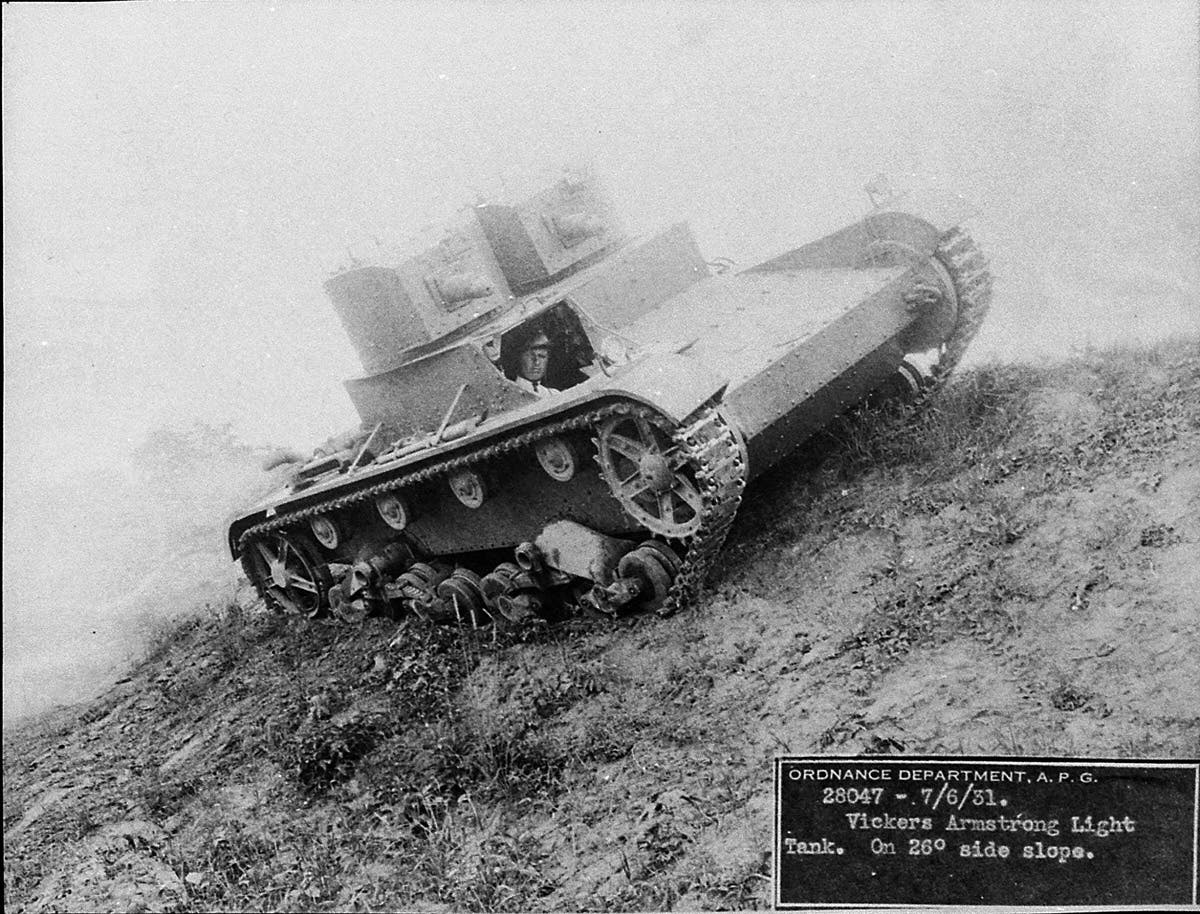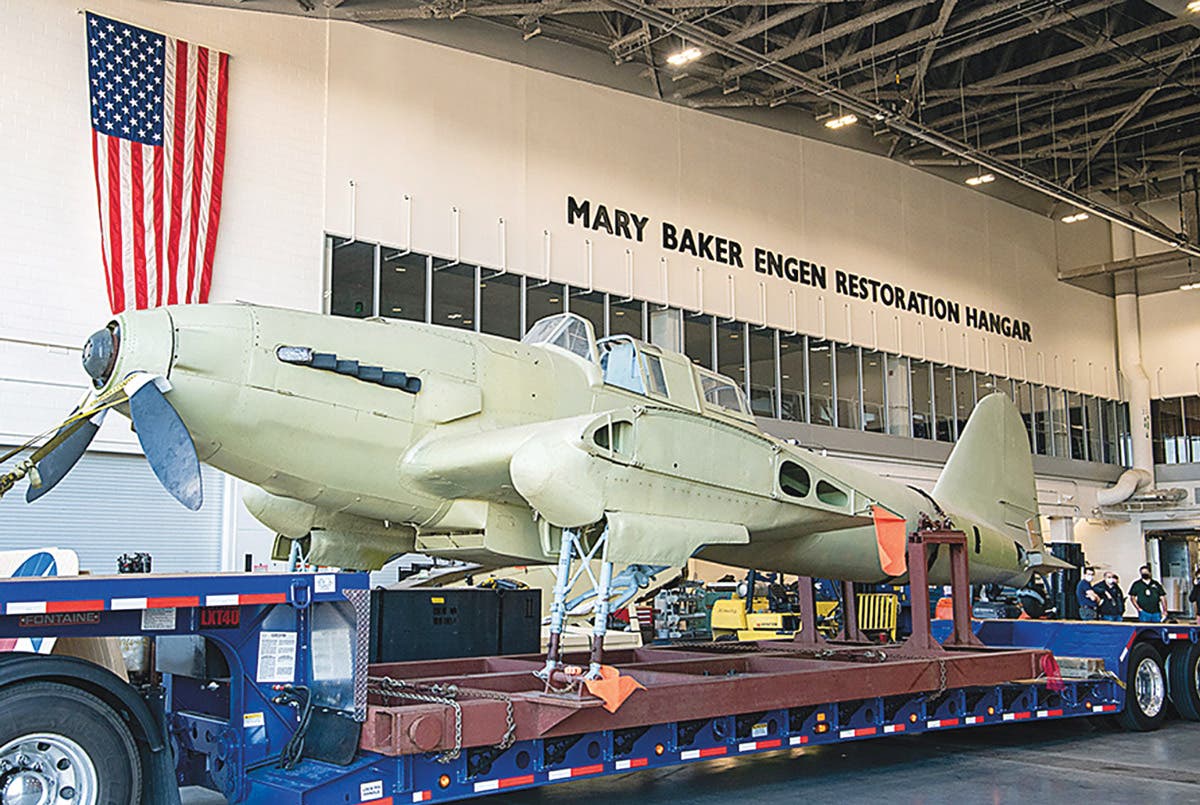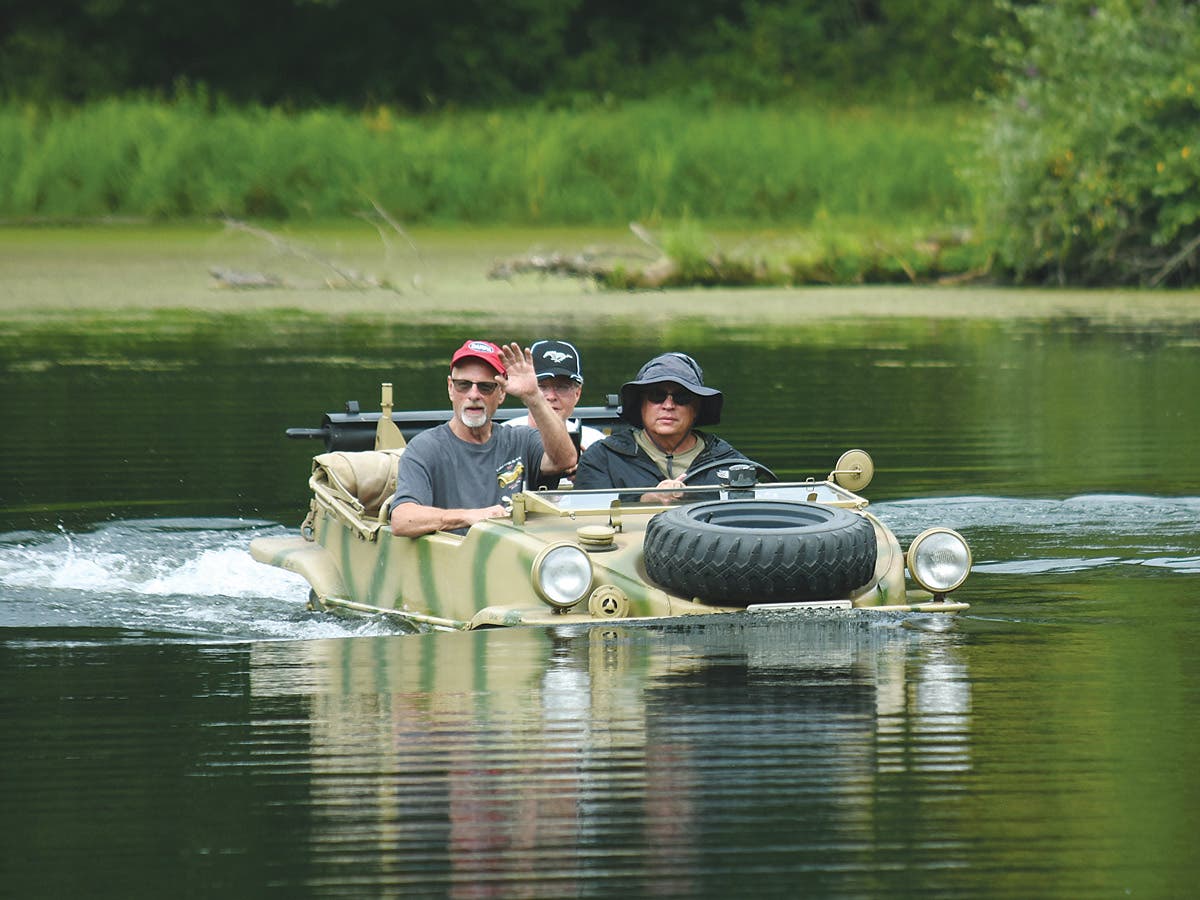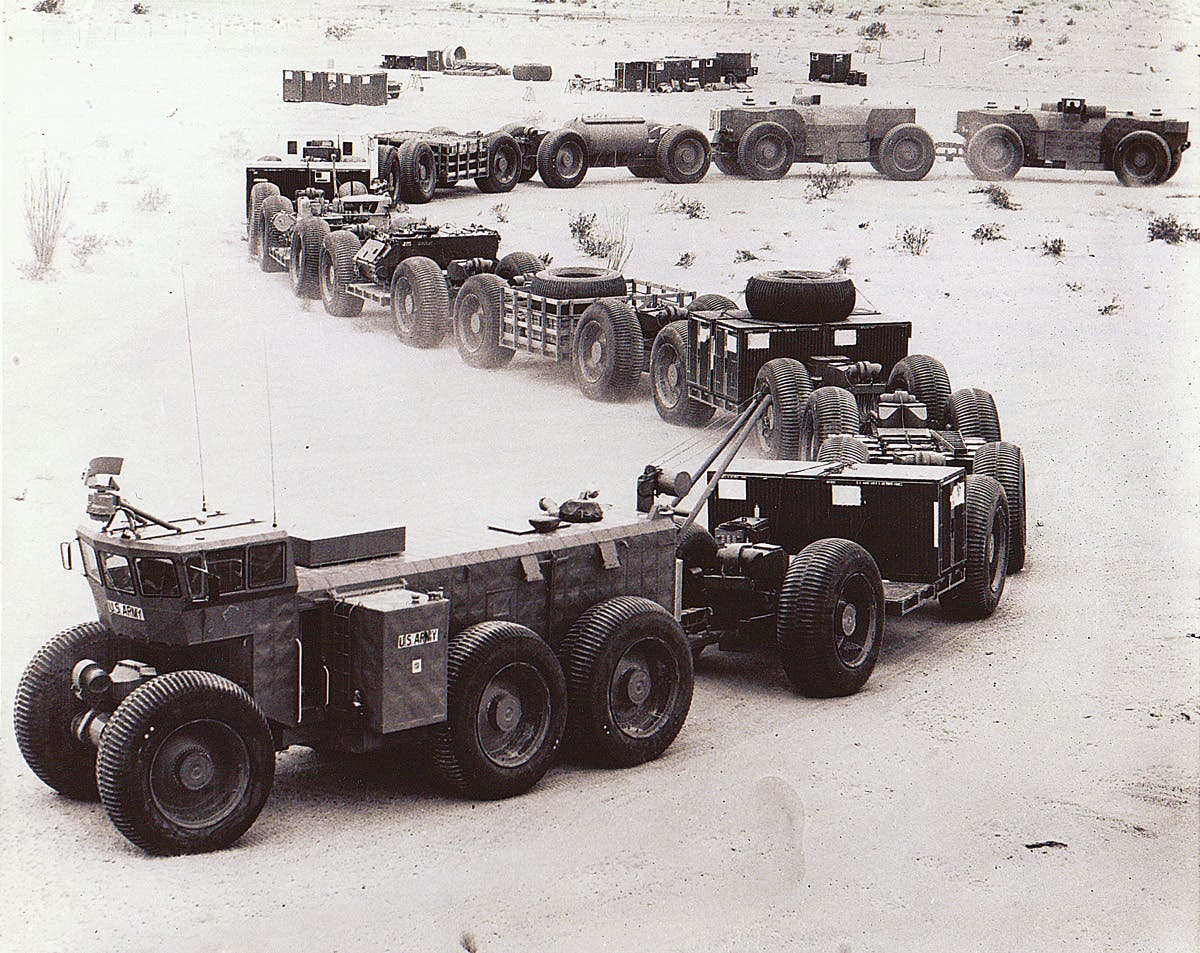Military Vehicle Buyer’s Tips: Willys MB/Ford GPW
Inside look at the WWII Willys MB/Ford GPW Jeeps: G-503
Common names: MB, GPW, or Jeep
Nickname: Flat-Fender
Jeeps are officially called 1/4-ton trucks by military and the Willys MB and Ford GPW are the common WWII Jeeps in the G-503 family. They are also probably the most popular WWII-era vehicles in the MV hobby. Production began in late 1941 and ended in 1945. Willys produced about 348,849 units, and Ford built about 277,878. Except for a few minor differences, the Ford-built Jeeps were clones of the Willys and most parts will interchange.
For correct restoration, one has to learn the sometimes subtle differences. A simple way to tell a Ford GPW from a Willys MB is that the front frame cross-member under the radiator is square on the GPW and round on the MB, though Willys bodies, engines and other components can be switched to Ford frames and vice-versa. This was often done by the military itself, especially after the war. Ford-built Jeeps seem to be slightly more desirable than the Willys to collectors, but not significantly so.
Willys and Ford "Script Jeeps" may go for slightly higher prices than later production models without manufacturer names, likewise for early-production "slat grille" models. MB and GPW Jeeps are most easily identified by their square-cornered windshields with two-piece openable glass, small 4 1/4 inch headlights mounted behind the grille, and a fuel filler cap beneath the driver's seat.
While the first Willys civilian Jeep, the CJ2 which debuted in 1946, may look like an MB or GPW at first glance, especially if someone has painted it OD and/or "militarized" it, the CJ2 had 7 inch headlights mounted on the grille, a tailgate and an external fuel filler cap outboard of the driver's seat. MB or GPW Jeeps with actual military winches (as opposed to aftermarket civilian-installed winches) are extremely rare. The correct military winch unit alone can be worth more than an entire Jeep.
Jeeps are probably the easiest vehicles to find parts for in the historic military vehicle world, as well as some of the simplest vehicles to service, repair, rebuild and restore. Virtually all parts from dashboard knobs to complete bodies have been reproduced, and various kinds of tops, both canvas and hard-cab, are available.
Many accessories are also available, including lockout hubs, and many parts for WWII military Jeeps, such as spark plugs and tune-up items, may still be found through civilian sources.
Jeeps have many practical uses for work or play, are fairly comfortable to drive and relatively fuel-efficient. Safe highway cruising speed is 45 - 50mph, though overdrive units are available that may boost the speed up to 60mph. The most common "old Jeep" fault is jumping out of second gear on compression.
BASIC SPECS: (Willys MB & Ford GPW)
Engine: Willys (or Ford-built copy) 4-cylinder, gasoline, L-head, 134 cid, 54 hp.
Transmission: 3-speed manual
Transfer case: 2-speed (attached to the transmission)
Electrical system: 6-volt (a few special 12-volt variants)
Tire size: 6.00 x 16
Fuel capacity: 15 U.S. gallons
Approximate range (highway): 285 miles
Rated cargo capacity: 500 lbs.
Rated towed load: 2,000 lbs.
Current prices for most WWII Jeeps range from around $2,000 for beaters and basket-cases to over $40,000 for show restorations. With careful shopping, one should be able to drive an MB or GPW home for an average price of $19,500.
You may also enjoy
*As an Amazon Associate, Military Trader / Military Vehicles earns from qualifying purchases.
From the staff of North America's no. 1 historic military vehicle source -- Military Vehicles Magazine








